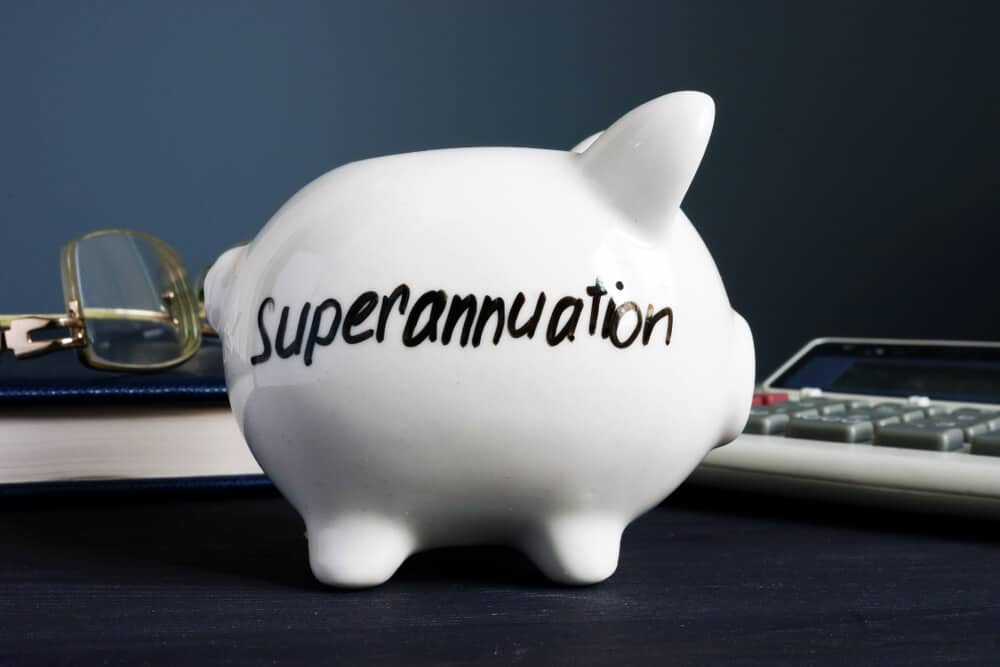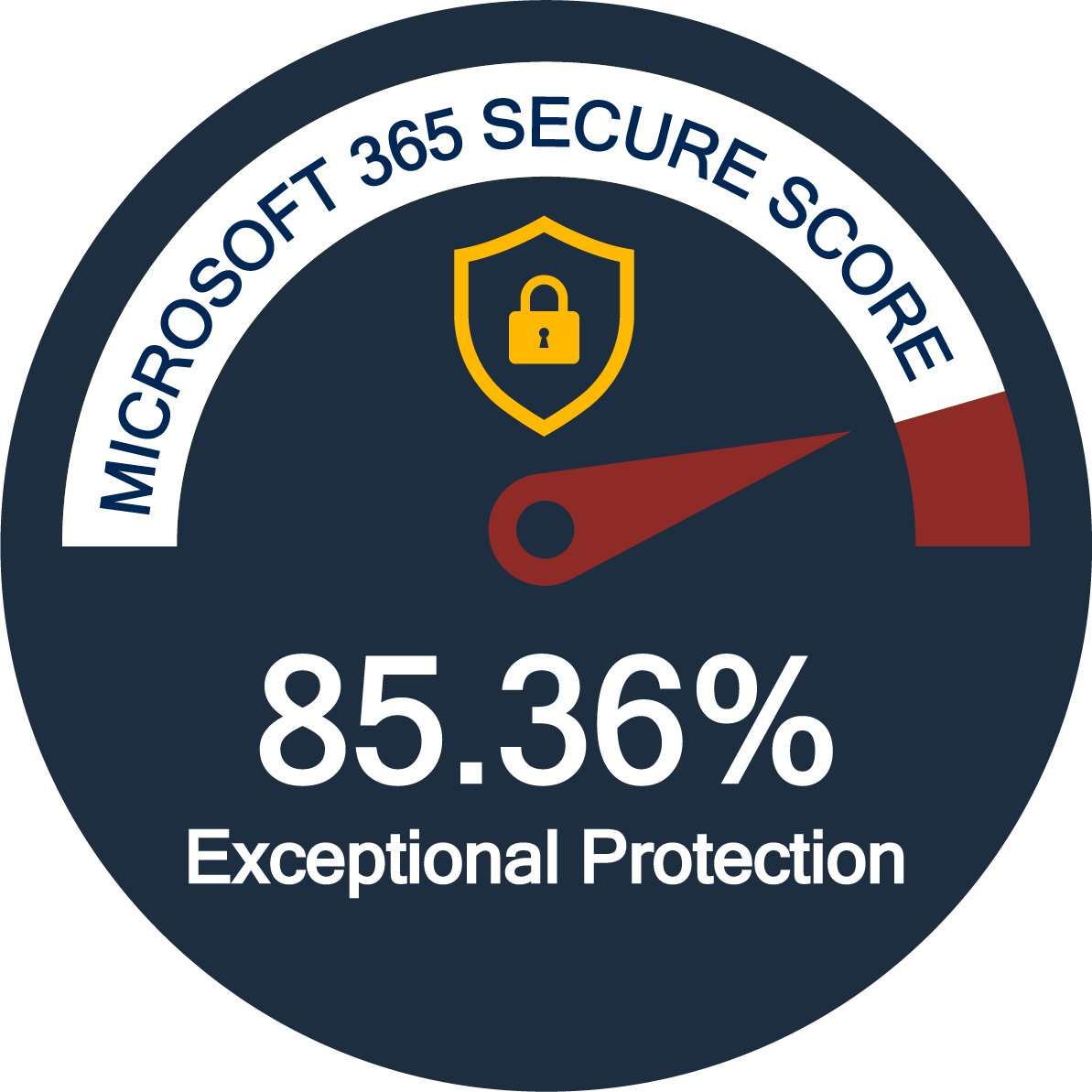The concept of superannuation is one that has mystified employees and employers, with industry speak and fund variations not allowing for a concise snapshot of what it is all about. Helping our clients understand the compliances that involve superannuation always creates a better outcome for both parties, so let’s identify the times you need to pay superannuation to your employees and what that looks like with real-life context.
–
The What and Why of Superannuation
In Australia, there is a system of compulsory savings for workers retirement called superannuation. Before the introduction of compulsory superannuation in 1992, retirement income was generally reliant on personal savings and investments with a means-tested Government age pension system as a safety net. The goal of compulsory superannuation is to establish a self-provided and tax-assisted superannuation, allowing for a higher retirement income than what was currently available through a pension.
–
Who qualifies for super and how much do they get?
The Superannuation Guarantee (Administration) Act 1992 established that every employer in Australia must pay superannuation for their employees.
–
Who is an employee?
A person is classified as an employee if they’re 18 years or over and you pay them $450 or more (before tax) in salaries or wages in a calendar month. It doesn’t matter whether the employee is classified as full time, part time or casual.
–
How much superannuation is paid on behalf of each employee?
The minimum value of superannuation an employer must pay each quarter for each eligible employee they have is called the super guarantee (SG). Currently the SG is 9.5% of the employee’s ordinary time earnings (OTE) where OTE is generally what your employees earn for their ordinary hours of work. It includes things like commissions, shift loadings and allowances, but not overtime payments. Of course employers may have reached agreements with their employees to pay a higher rate of superannuation than the SG, and if so the higher rate is used to calculate the value.
It’s important to remember that the SG amounts are essentially deferred wages in that employees have forgone wage rises in return for the initial 3% SG amount and the subsequent increases to the current 9.5%.
–
Working out if you have to pay super
Generally, if you pay an employee $450 or more (before tax) in a calendar month, you have to pay super guarantee (SG) on top of their wages.
If your employee is under 18 or is a private or domestic worker, such as a nanny, they must also work for more than 30 hours per week to qualify. For example, you will have to pay super guarantee (SG) on top of their wages for each week that the employee has worked more than 30 hours.
You have to pay super for some contractors, even if they quote an Australian business number (ABN).
- is full-time, part-time or casual
- receives a super pension.
- is a temporary resident.
- is a company director.
- is a family member working in your business – provided they are eligible for SG.
–
When should Superannuation contributions be paid?
Superannuation payments typically need to be made by the employer into the employees’ nominated superannuation funds within 28 calendar days after the end of each quarter in each tax year. It’s important to note that payment date is the date the superannuation fund receives money, not the day the employer sends it. In some cases there will be agreements between the employer and the employees for payments to be made more regularly than quarterly.
–
What happens if the employer doesn’t make the correct superannuation payments on time?
When an employer determines that they have paid SG payments late or the payments made were incorrect, the employer has to pay the Super Guarantee Charge (SGC).
The SGC consists of three elements:
- Nominal interest on the unpaid amounts, currently 10% pa
- An administration fee of $20 per employee, per quarter
- Super guarantee shortfall amounts (the amount an employee was owed in super but wasn’t paid) but now calculated on the employee’s entire salary and wages not just their OTE
–
The amounts paid under the SGC are not tax deductible for the business. Along with paying the SGC, employers must also lodge an SGC statement with the Australian Taxation Office (ATO). If an employer fails to lodge an SGC statement when required, the ATO has the power to levy additional penalties of up to 200% of the SGC amount. If there are cash flow issues impacting a business, making it difficult to meet all their obligations, it might be wise for the owners to think long and hard about the expensive consequences before delaying any SG payments.
It isn’t that challenging for employers to meet their obligations under the Superannuation Guarantee Act, with accuracy and timing being the key to success. If you’d like to discuss your superannuation requirements, contact our i3Group specialists.
Interested in more small business advice? Check out our master guide here!











































